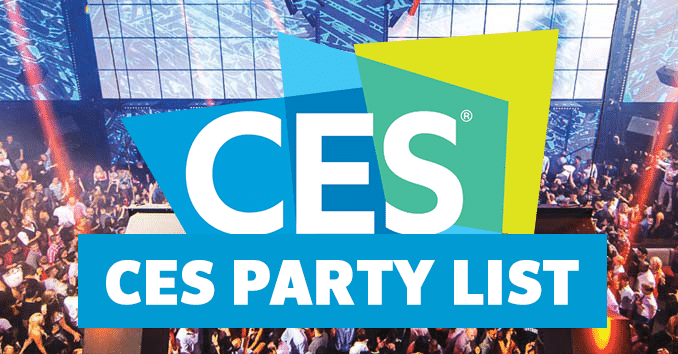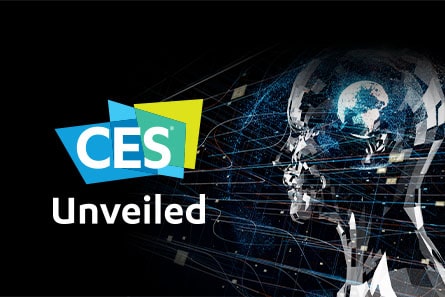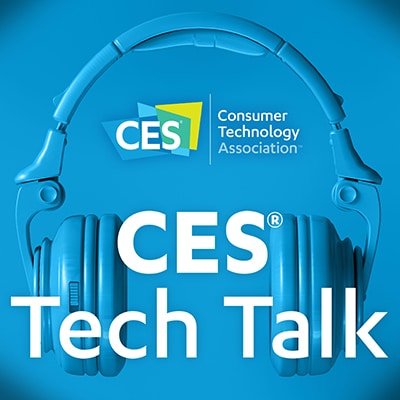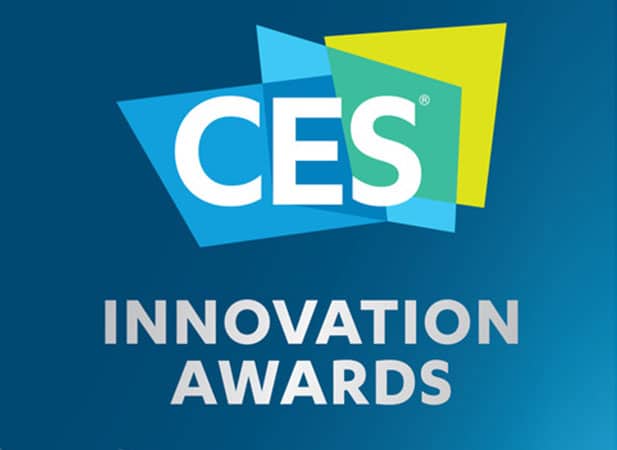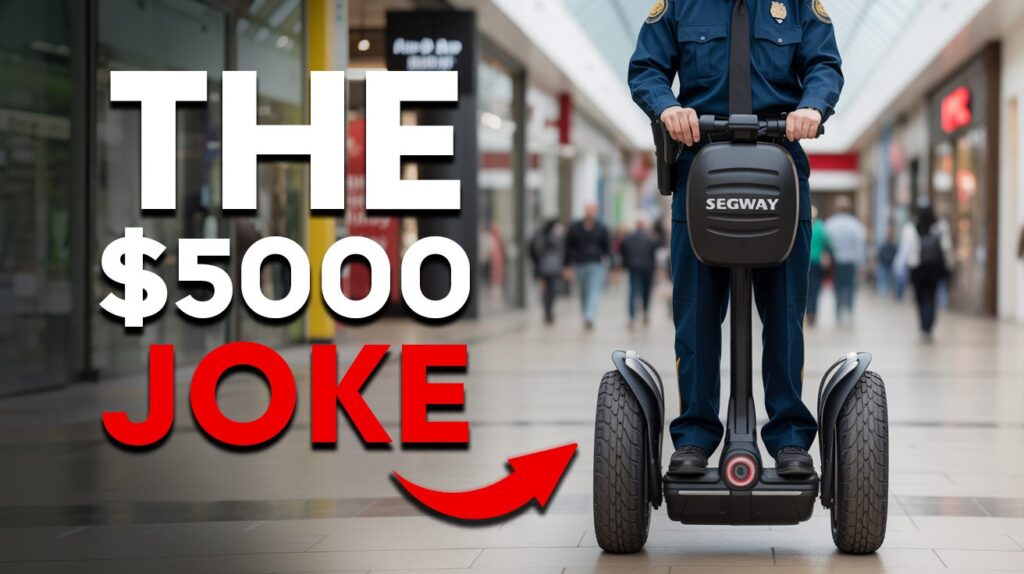
Tech nostalgia hits different when you remember the gadgets that made you question humanity’s judgment. The 2000s delivered revolutionary breakthroughs like the iPhone and social media, but also unleashed a parade of ambitious disasters that crashed harder than a Windows ME startup. These failures didn’t just disappoint—they became cultural punchlines, cautionary tales, and proof that innovation without execution is just expensive theater.
8. Windows Vista: The OS That Made XP Look Like Gold
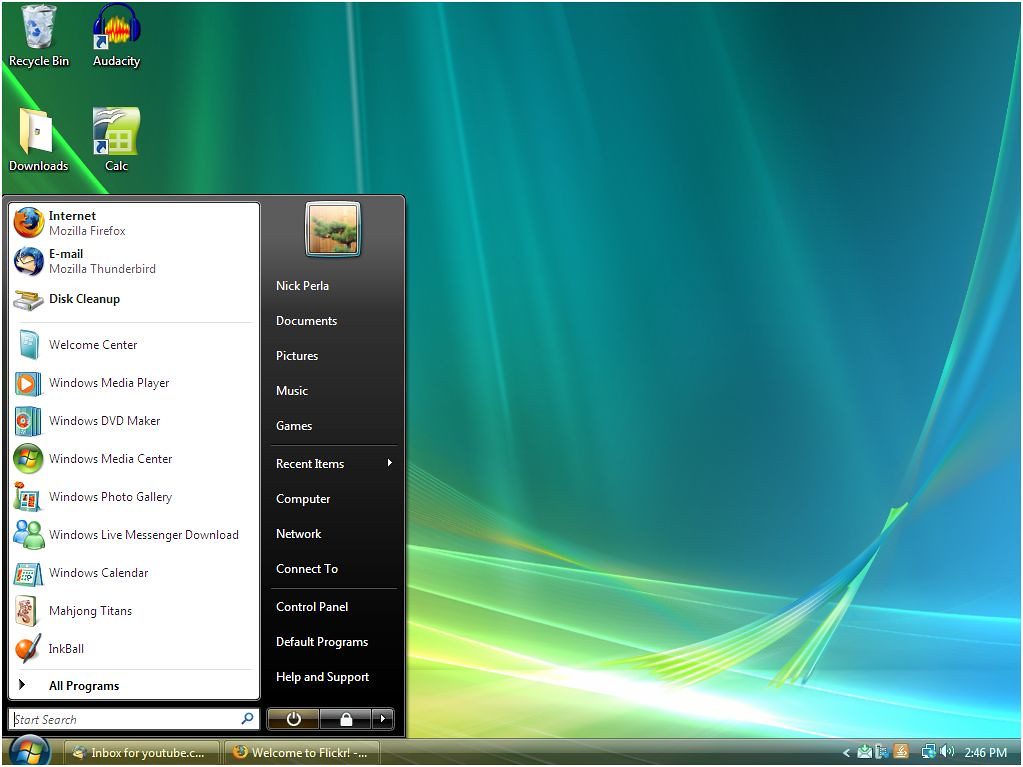
Microsoft’s attempt at reinventing Windows turned into a masterclass in how not to launch an operating system.
Vista arrived in 2007 promising a sleek new interface and enhanced security, but delivered something closer to digital quicksand. The Aero UI looked pretty enough, but demanded hardware specs that most consumers didn’t own and couldn’t afford. Running Vista felt like asking a flip phone to stream Netflix—technically possible, but nobody wanted to watch that struggle.
The constant security prompts drove users insane faster than pop-up ads on a sketchy website. Every basic task required administrator approval, turning simple file moves into bureaucratic nightmares. Major businesses refused to upgrade, and even Intel—a Microsoft partner—stuck with XP rather than deal with Vista’s compatibility issues.
7. The Segway: Revolutionary Transportation or Expensive Mall Security?
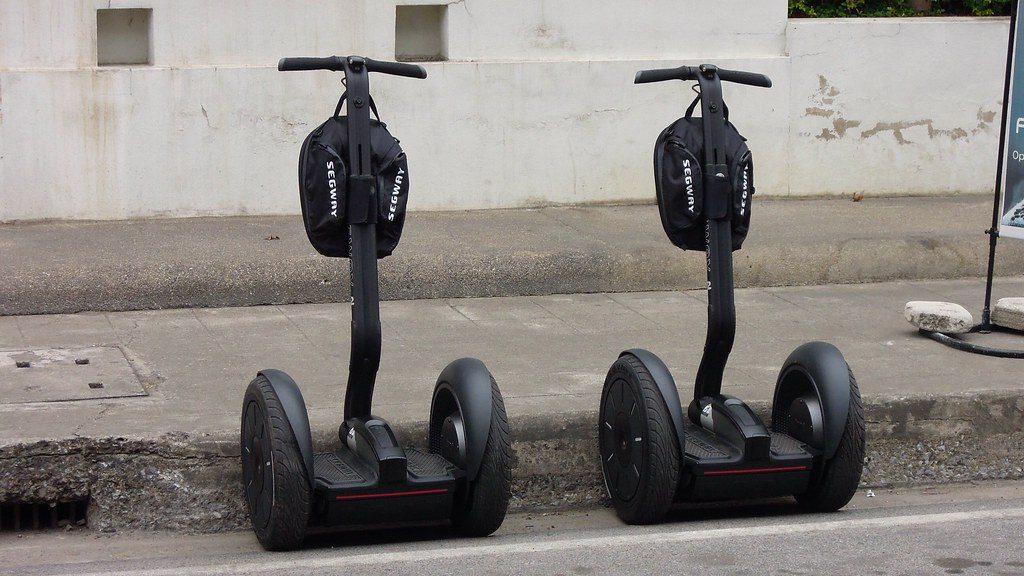
Dean Kamen’s “revolutionary” personal transporter promised to change how we move through cities but mostly changed how we laugh at overpriced gadgets.
Hyped as the future of urban mobility, the Segway PT launched with the marketing swagger of the next iPhone but delivered the practicality of a solar-powered flashlight. At $5,000, it cost more than most used cars while moving slower than a determined pedestrian. The thing looked like a standing desk had a baby with a scooter, and somehow both parents were disappointed.
The Segway found its niche among tourist groups and mall security guards, proving that sometimes revolutionary technology just means “expensive solution to problems nobody had.” Its cultural legacy includes viral videos of people falling off them and the tragic irony of the company owner dying in a Segway accident.
6. App-Specific Hardware: Single-Purpose Gadgets in a Multi-Tool World
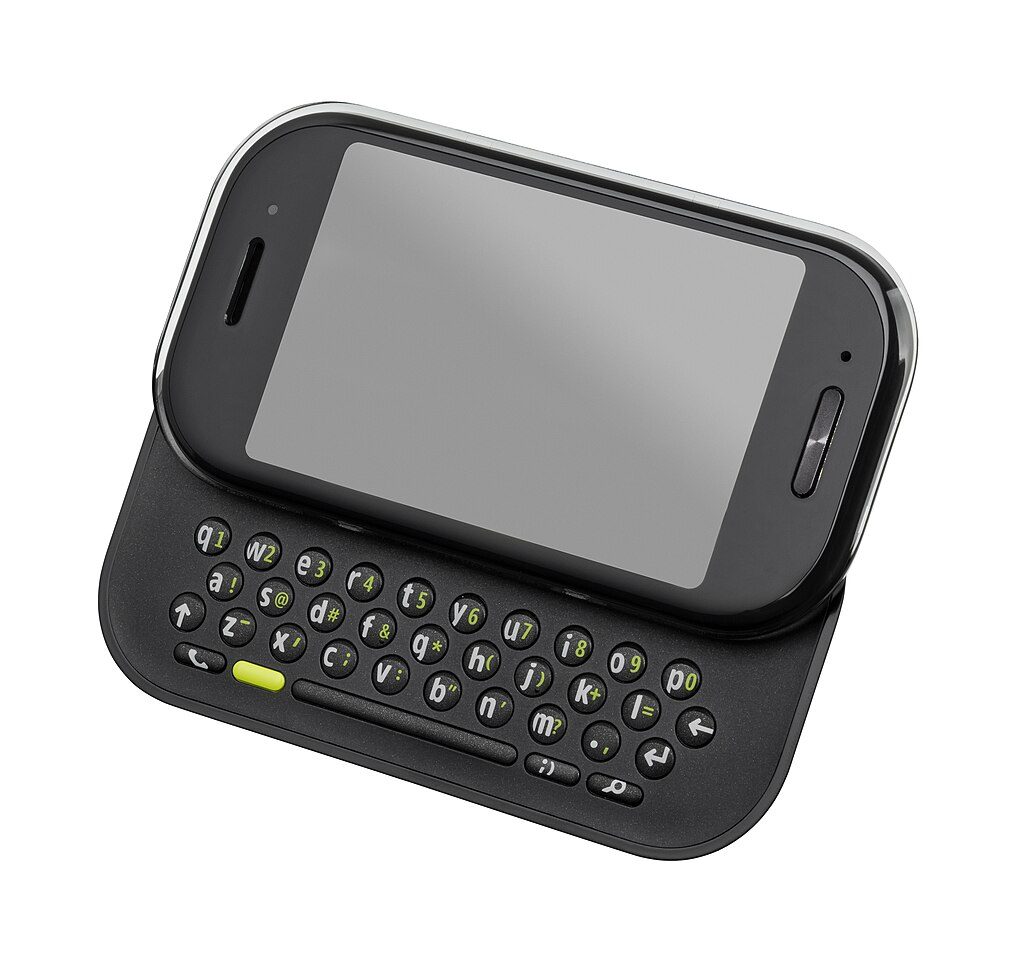
Devices like TwitterPeek and Microsoft Kin proved that building hardware for one app was like designing a car that only drives to Starbucks.
The TwitterPeek epitomized this category’s fundamental misunderstanding of consumer needs. For $200, you got a device that could only send tweets—nothing else. No web browsing, no email, no apps, just Twitter in a chunky plastic shell that made BlackBerries look elegant. It launched just as smartphones were proving that convergence beats specialization every time.
Microsoft’s Kin phones doubled down on social media focus but managed to fail even harder. Marketed to teens obsessed with Facebook and texting, the Kin required data plans as expensive as smartphones while offering a fraction of the functionality. Microsoft killed the line after just 48 days, making it the tech equivalent of a mayfly with delusions of grandeur.
5. Nokia N-Gage: Gaming Phone or Phone Game?
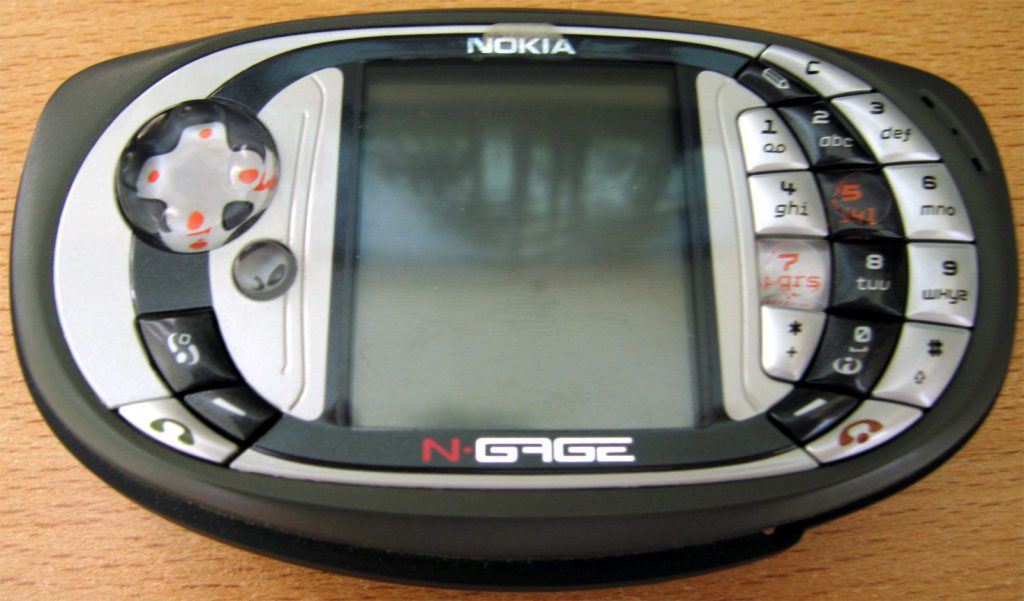
Nokia’s attempt to merge phones and gaming created something that excelled at neither—and looked like a taco while doing it.
The N-Gage’s “sidetalking” design became an instant meme, forcing users to hold the device horizontally against their ear like they were conducting an orchestra instead of taking a call. The gaming controls felt cramped, the phone functionality seemed afterthought, and the overall experience suggested Nokia’s designers had never actually used either a phone or a Game Boy.
Games required removing the battery to swap cartridges, a design choice so baffling it seemed intentionally user-hostile. The N-Gage sold poorly against dedicated handhelds and regular phones, proving that doing two things badly isn’t better than doing one thing well.
4. HD DVD vs. DataPlay: Format Wars Nobody Wanted
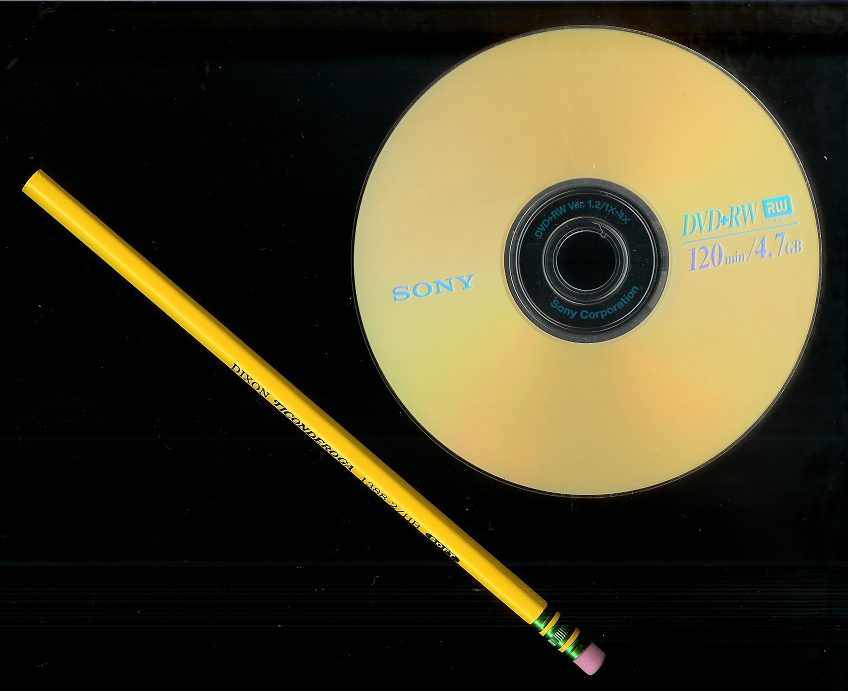
These optical disc formats fought for relevance in a market already moving toward streaming and digital downloads.
HD DVD positioned itself as Blu-ray’s cheaper, more accessible alternative, but “more accessible” doesn’t matter when major studios won’t support your format. The format war lasted just long enough for consumers to realize they didn’t need physical media for high-definition content anyway. Netflix streaming and digital downloads made both formats feel dated before either could claim victory.
DataPlay promised CD-quality audio in a disc smaller than a quarter, which sounded revolutionary until you realized nobody was clamoring for smaller CDs. The format found zero mainstream adoption, lasting about as long as a viral TikTok trend and leaving even less cultural impact.
3. Netbooks and Ultra-Mobile PCs: Tiny Laptops, Tiny Performance
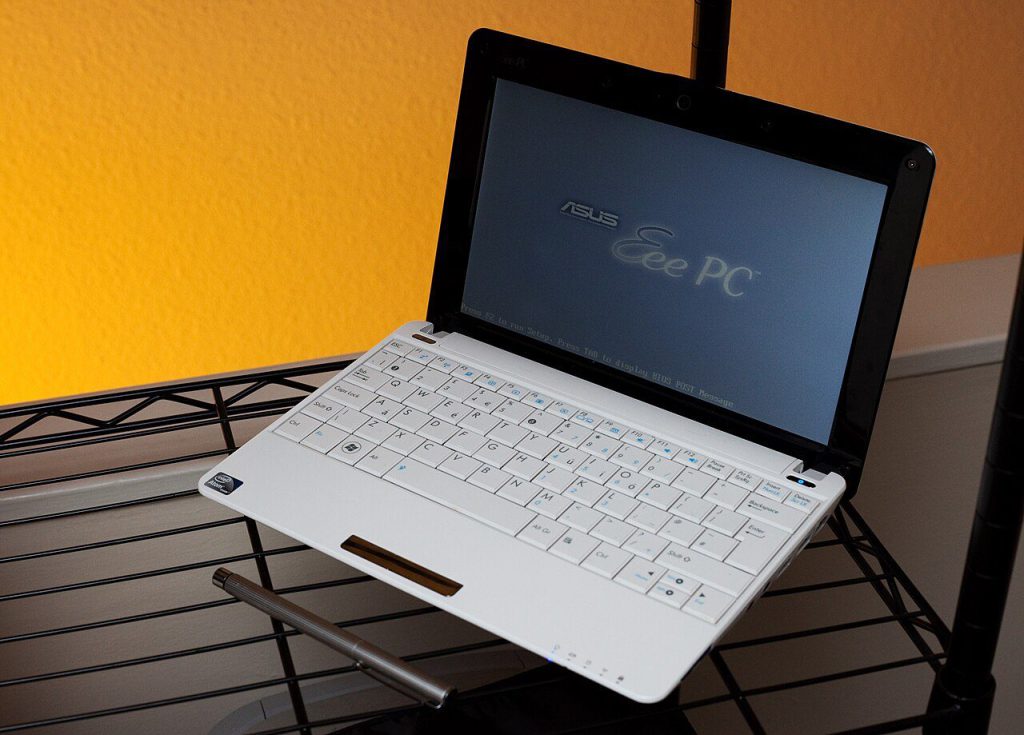
These miniature computers promised laptop functionality in tablet-sized packages but delivered calculator performance at premium prices.
Netbooks like the ASUS Eee PC and Palm Foleo aimed to bridge laptops and smartphones, creating devices too small for serious work but too expensive for casual use. Typing on netbook keyboards felt like texting with oven mitts, while the processing power struggled with basic web browsing. Battery life promised all-day computing but delivered barely enough juice for a long lunch meeting.
The category died the moment Apple unveiled the iPad, which offered better portability, longer battery life, and actually functional touch interfaces. Netbooks proved that sometimes the bridge between two categories is just an expensive way to get nowhere.
2. 3D Television: Immersive Entertainment or Expensive Gimmick?
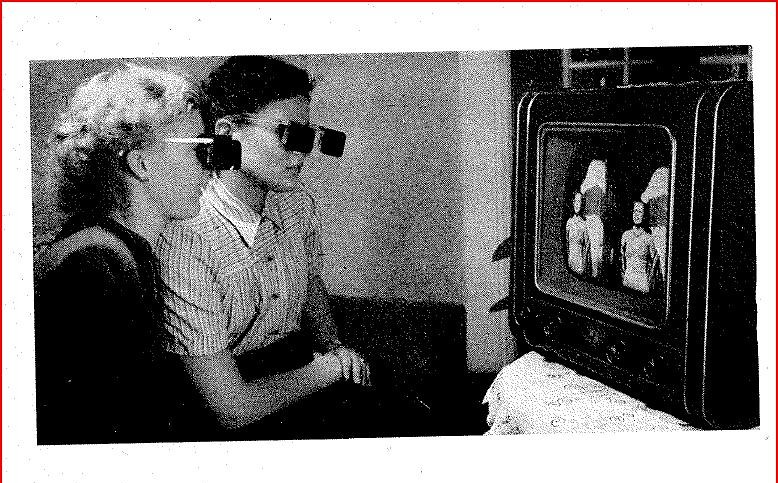
TV manufacturers pushed 3D as the next big thing, but consumers saw through the illusion faster than a David Copperfield trick.
3D TVs required expensive glasses that made movie nights feel like optometry appointments. The technology worked fine for theaters but translated poorly to living rooms, where viewing angles mattered and nobody wanted to wear bulky eyewear while binge-watching sitcoms. Content remained scarce, with most 3D movies feeling like tech demos rather than enhanced storytelling.
The format faded faster than most Hollywood trends, abandoned by manufacturers who realized consumers preferred larger, higher-resolution screens over dimensional gimmicks. 3D TV joined the long list of technologies that sounded revolutionary in boardrooms but felt pointless in practice.
1. Windows ME: The Millennium Bug That Actually Happened
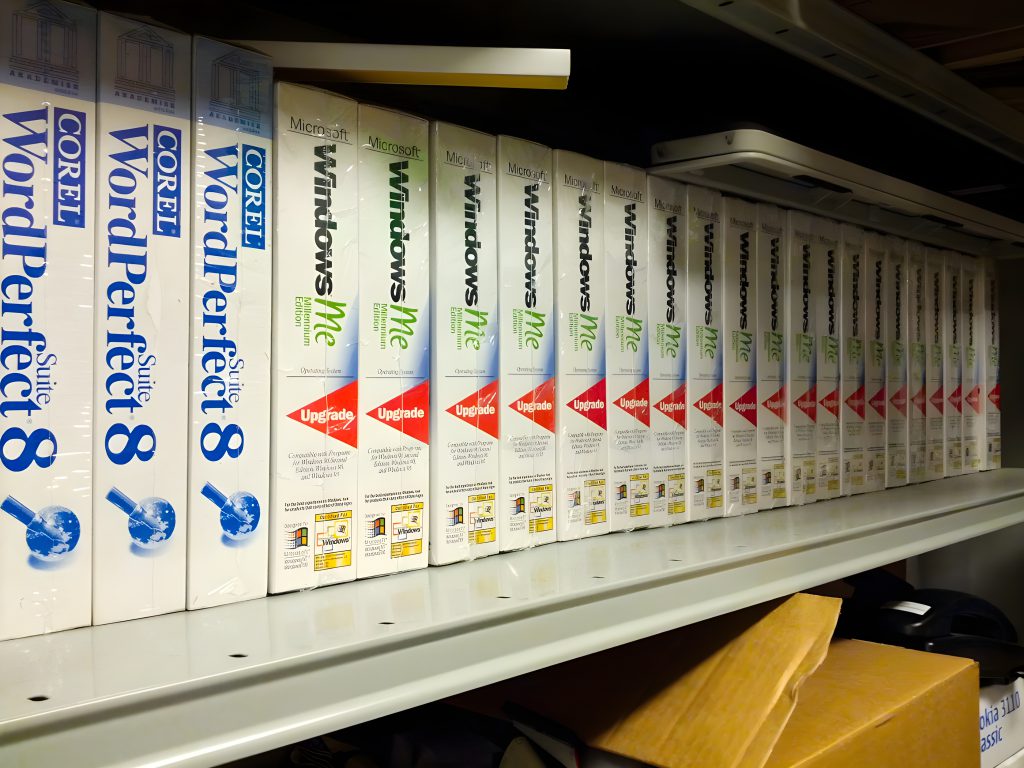
Microsoft’s “Millennium Edition” proved that sometimes the worst disasters aren’t the ones you expect.
Windows ME arrived in 2000 as an “upgrade” to Windows 98, but felt more like a downgrade to Windows 95. Stability issues plagued the system from launch, with crashes so frequent that rebooting became a reflex rather than a solution. Software compatibility suffered, hardware support lagged, and the few improvements felt insignificant compared to the daily frustrations.
ME’s short lifespan—quickly replaced by Windows XP—cemented its reputation as Microsoft’s biggest OS mistake before Vista came along. The operating system became shorthand for ambitious marketing hiding fundamental flaws, a lesson that apparently needed repeating seven years later.
Last modified: October 2, 2025


